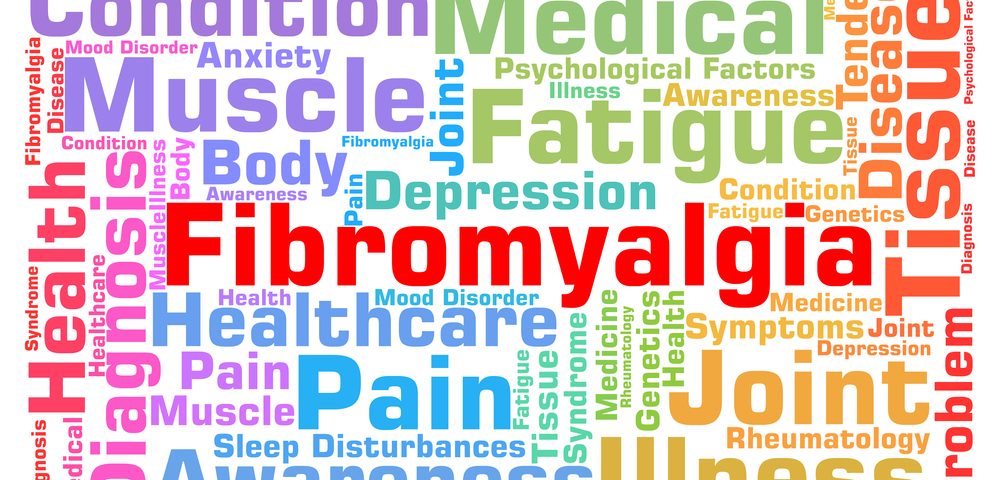Attention-deficit hyperactivity disorder (ADHD) seems to be more frequent in women with fibromyalgia than in those without this disorder, and those patients tend to have more occurrences of impulsive behavior.
A study with those findings, “Attention-deficit hyperactivity disorder and impulsivity in female patients with fibromyalgia,” was published in the journal Neuropsychiatric Disease and Treatment.
Fibro fog is common in fibromyalgia patients, involving symptoms such as mental confusion, difficulty concentrating and staying attentive, memory loss, and speech impairment.
These cognitive deficits are similar to those of ADHD, which is characterized by ongoing lack of attention and/or hyperactivity-impulsivity. Notably, ADHD patients show a marked incidence of fibromyalgia.
Increasing evidence suggests the involvement of the central nervous system, particularly the neurotransmitters noradrenaline and dopamine, in both conditions. Moreover, case studies show that treatment with the ADHD medication atomoxetine, which raises the levels of noradrenaline outside cells, is an effective strategy to ease pain associated with fibromyalgia.
As for impulsive behavior, research has suggested that it is highly prevalent in patients with fibromyalgia, but available data is still scarce.
The researchers assessed 78 women with fibromyalgia (mean age 40.3 years) and 54 healthy people in the control group. Symptoms of fibromyalgia, including widespread pain, were present at a similar level for at least three months.
The results showed that ADHD was found in 23 fibromyalgia patients (29.5%) and in four healthy controls (7.4%). Also, 66% of subjects who had been diagnosed with ADHD in childhood still had the disorder in adulthood.
Importantly, 33.3% of patients with fibromyalgia, but only 11.1% of controls, already had ADHD in childhood and adolescence, as gleaned from information provided by the subjects.
Also, the findings showed that patients with fibromyalgia had higher scores than controls in scales of attention deficit, hyperactivity and impulsivity, including a self-report assessment in adults.
In particular, while no differences were found in impulsivity — described as acting without thinking — patients with fibromyalgia scored higher in sub-scales specific to lack of planning.
“The present study has shown that both adult and childhood ADHD are quite common in female fibromyalgia patients,” the researchers wrote. “High frequency of both childhood and adult ADHD among fibromyalgia patients suggests that ADHD could be a predictor of the development of fibromyalgia in the future,” they added.
While they noted that the link suggests at least one subgroup of fibromyalgia may share the same causes as ADHD, the scientists said it would be important in future studies to evaluate whether the fibromyalgia-impulsivity is associated with ADHD, or is independent.

